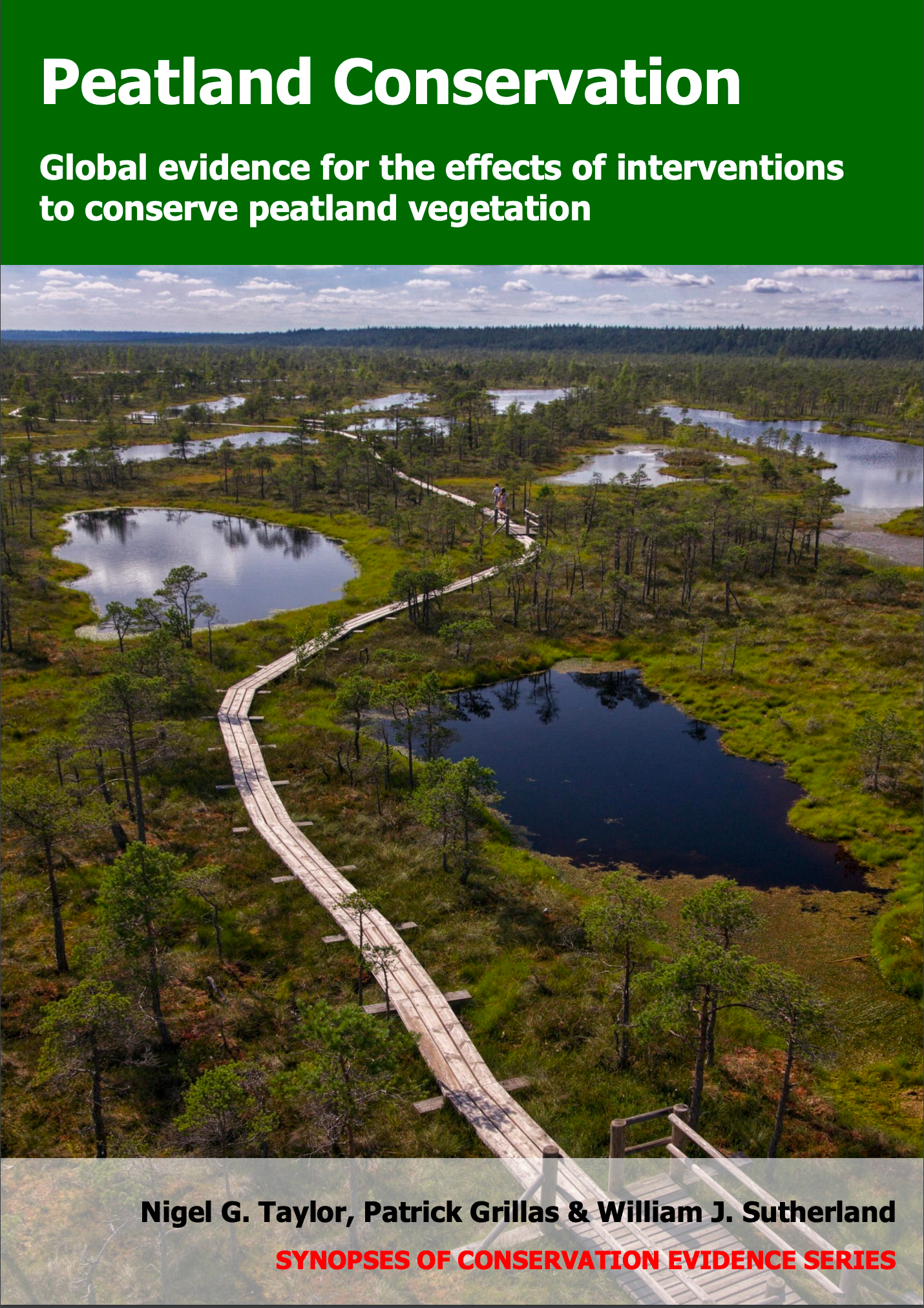Excavate pools (without planting)
-
Overall effectiveness category Unknown effectiveness (limited evidence)
-
Number of studies: 2
View assessment score
Hide assessment score
How is the evidence assessed?
-
Effectiveness
45% -
Certainty
38% -
Harms
5%
Study locations
Supporting evidence from individual studies
A replicated, before-and-after, site comparison study in 1999–2003 in four bogs in eastern Canada (Mazerolle et al. 2006) found that created pools developed vegetation cover within four years, but reported that this remained lower than cover in and around natural pools. Initially, the created pools contained no vegetation. After four years, Sphagnum moss cover had increased to 9% (vs 80% in natural pools), herb cover had increased to 5% (natural: 10%) and shrub cover had increased to 5% (natural: 27%). Comparisons with natural pools were not tested for statistical significance. In 1999, four 6 x 8.5 m pools were created in one historically mined bog by excavating and rewetting (blocking drainage ditches and building embankments). No vegetation was introduced to these, although the surrounding site was sown with bog vegetation fragments. In 2003, vegetation cover was recorded in 36 quadrats/pool, each 30 x 30 cm, along six bank-to-bank transects. Vegetation cover of 70 natural pools, in unmined parts of nearby bogs, was recorded in 1999 and 2000. This study was based on the same experimental set-up as (2).
Study and other actions testedA replicated, before-and-after, site comparison study in 1999–2005 in seven bogs in Quebec, Canada (Fontaine et al. 2007) reported that created pools developed a different plant community to natural pools, but with similar species richness. After six years, the overall composition of the plant community differed between created and natural pools (data reported as a turnover index and graphical analysis). In particular, cattail Typha latifolia was more frequent in created pools (occurring in 69% of quadrats) than natural pools (0% of quadrats). Sphagnum mosses, Eriophorum cottongrasses and Carex sedges were sometimes more abundant in restored pools and sometimes less abundant, depending on the species (see original paper). Created and natural pools both contained 24 plant species/0.5 m2. In 1999, four 6 x 12 m pools were created in a historically mined bog by excavating and rewetting (blocking drainage ditches and building embankments). In 2005, cover of every plant species was estimated in 0.5 m2 quadrats situated on pool margins: 12 quadrats around the created pools and 30 around pools in each of six natural, unmined bogs. This study was based on the same experimental set-up as (1).
Study and other actions tested
Where has this evidence come from?
List of journals searched by synopsis
All the journals searched for all synopses
This Action forms part of the Action Synopsis:
Peatland Conservation
Peatland Conservation - Published 2018
Peatland Conservation





)_2023.JPG)














